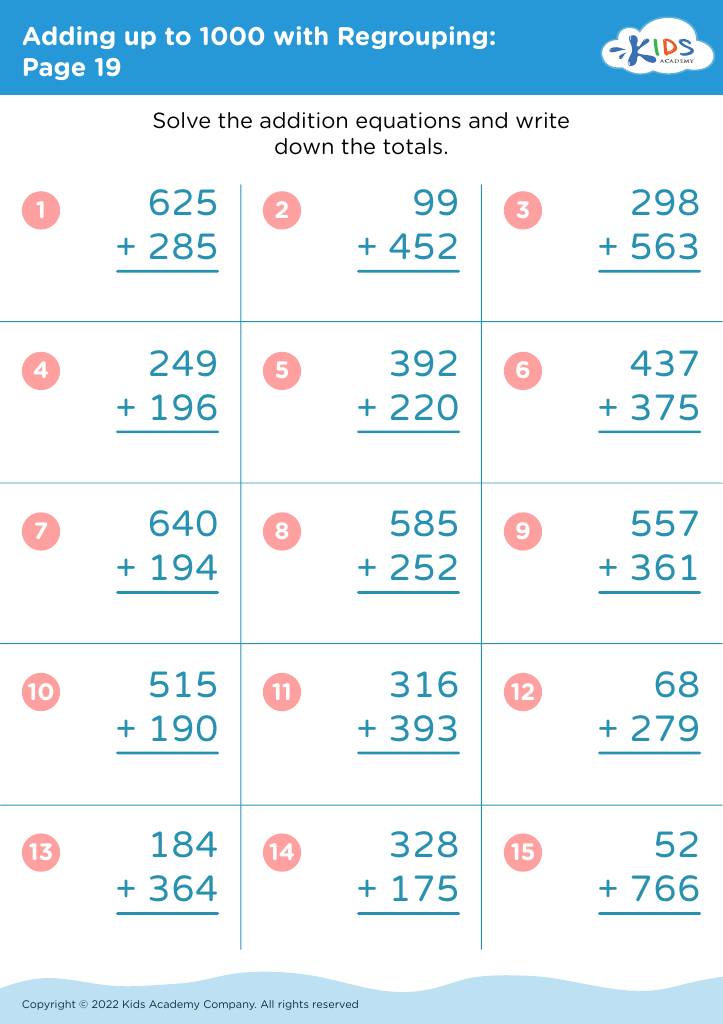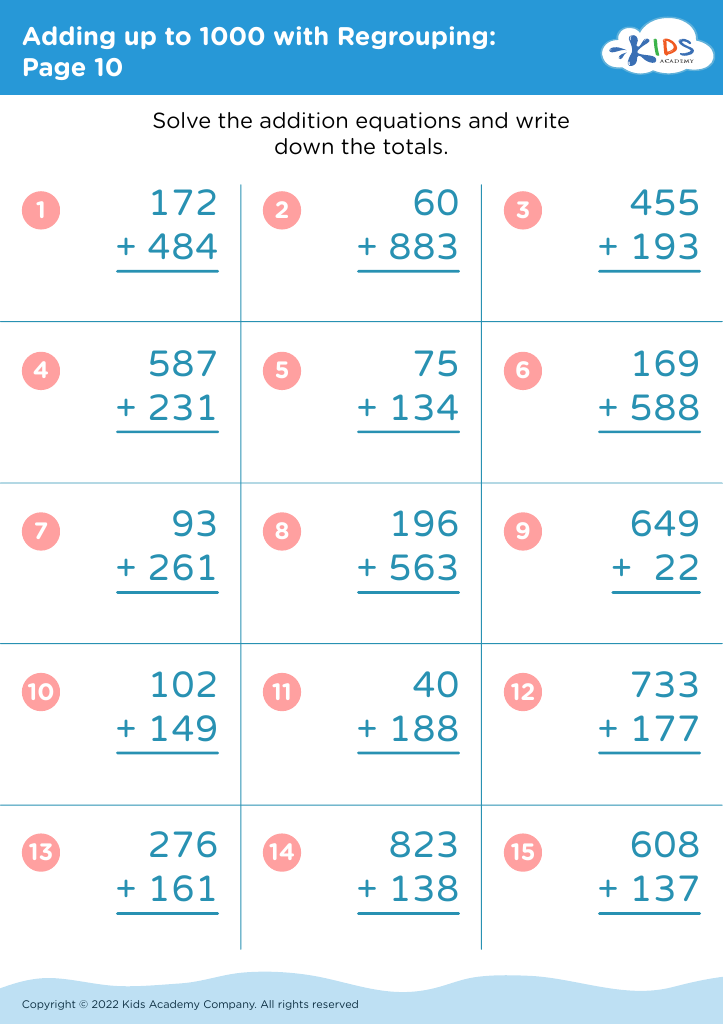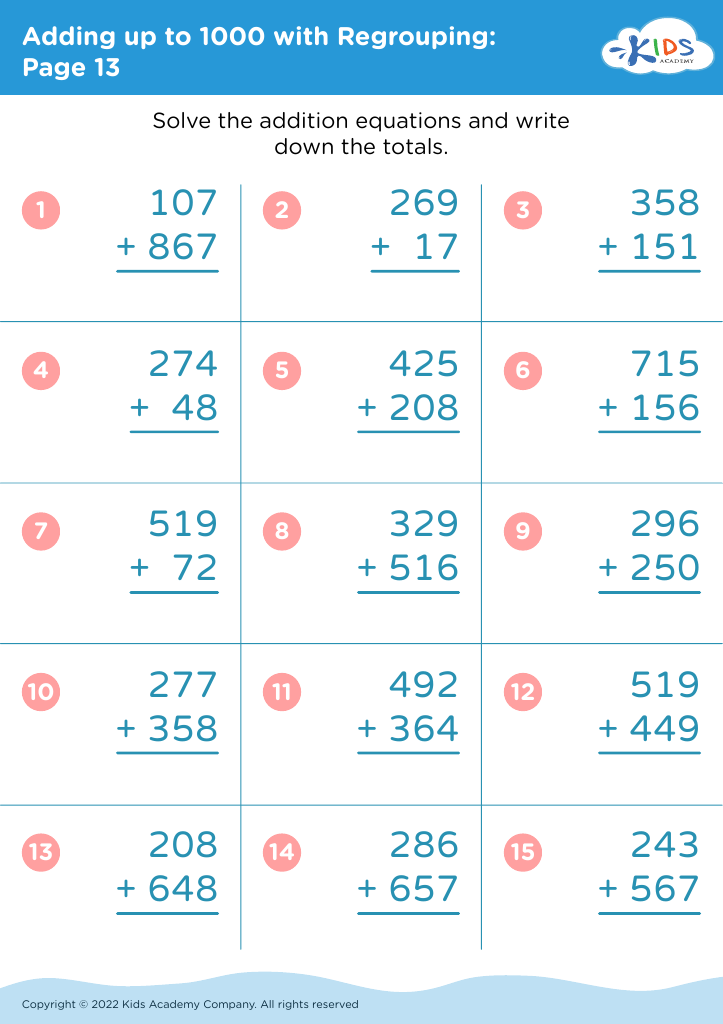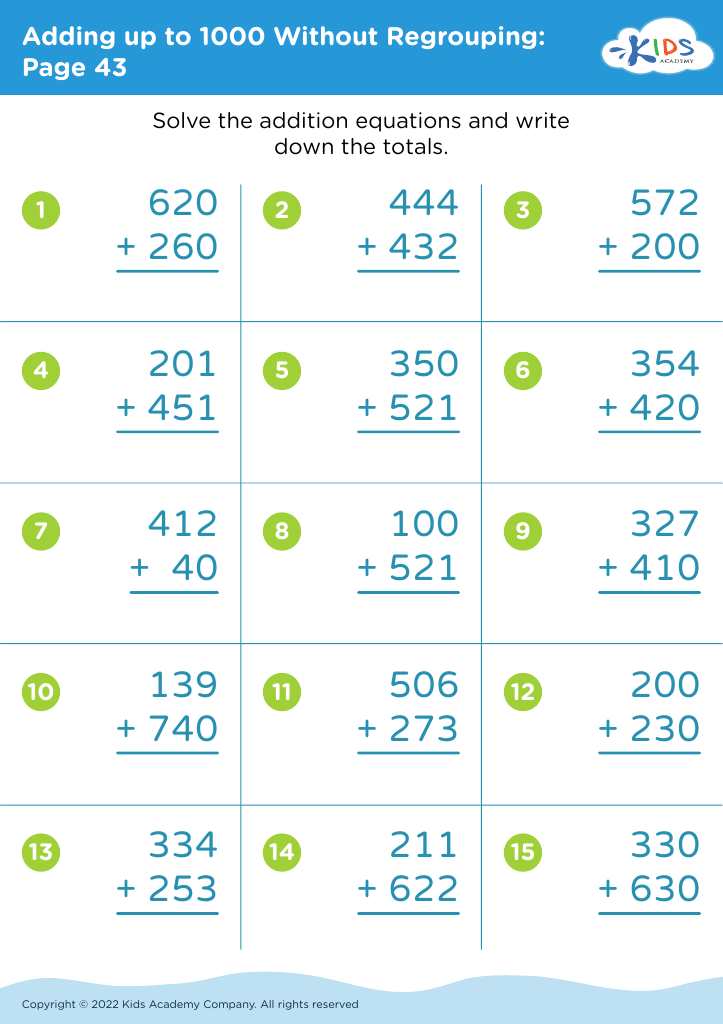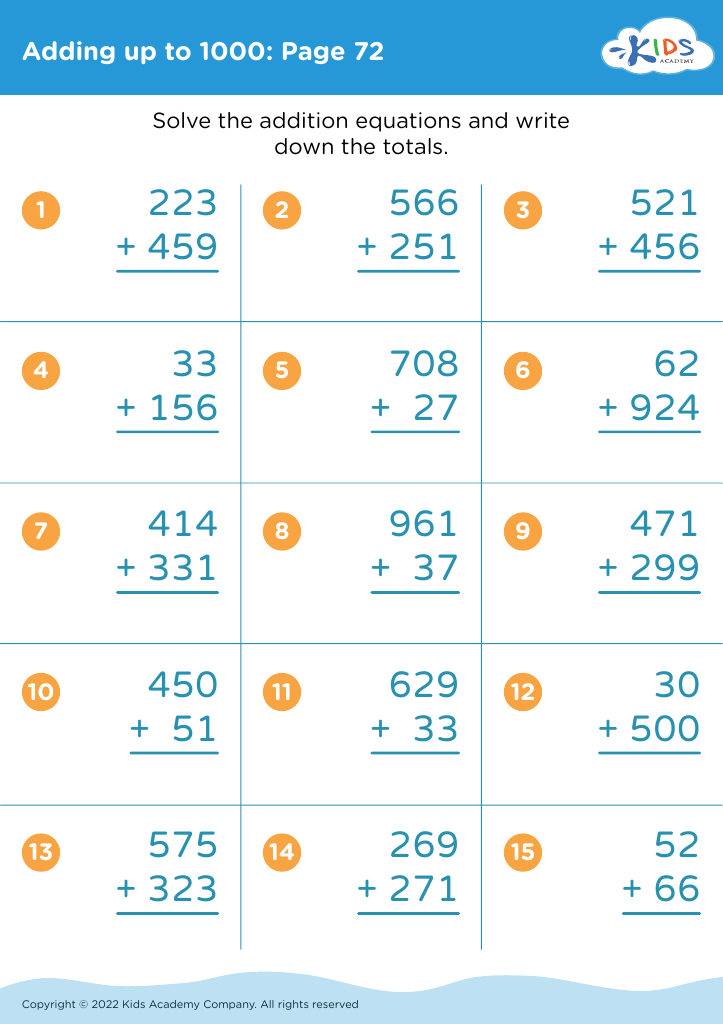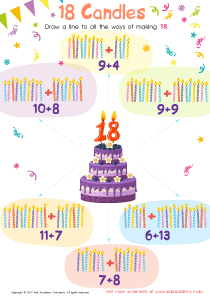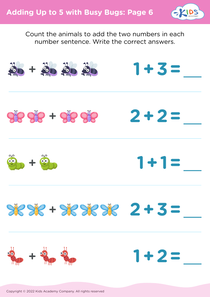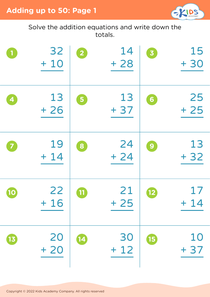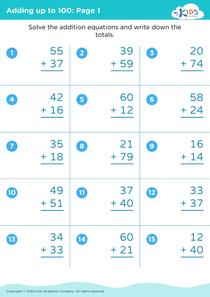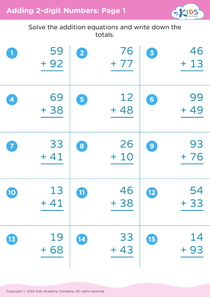Recognizing Patterns Adding up to 1000 Worksheets for Ages 6-7
6 filtered results
-
From - To
Discover our engaging "Recognizing Patterns Adding up to 1000 Worksheets" designed for children aged 6-7! These interactive activities help young learners enhance their mathematical skills by identifying and understanding patterns within numbers. Each worksheet is crafted to make learning fun and inspiring, encouraging students to recognize recurring sequences that contribute to their ability to add up to 1000. Perfect for classroom use or at-home learning, our resources support early math development while fostering critical thinking and problem-solving skills. Equip your child with a solid foundation in math with these creative and informative worksheets, tailored to meet the needs of young, budding mathematicians!
Recognizing patterns in addition, especially when adding up to 1000, holds immense importance for children aged 6-7. At this developmental stage, children are forming foundational mathematical skills that will influence their future learning. Understanding patterns helps students recognize relationships between numbers, making addition easier and more intuitive. For instance, if a child understands that 100 and 900 can easily come together to make 1000, they can quickly make sense of larger additions.
Furthermore, recognizing patterns promotes critical thinking and problem-solving skills. When children can see how numbers are grouped or structured, they become proficient at mental math, speeding up computation and enhancing their confidence in their abilities. This early introduction to patterns sausages the way for more complex concepts, such as algebra and geometry, later in their education.
Additionally, engaging parents or teachers in this process empowers them to support students’ learning at home and in the classroom. By providing fun activities that highlight pattern recognition, such as games or group activities, adults can make learning enjoyable and meaningful. This collective effort encourages curiosity and perseverance, vital traits for lifelong learners. Ultimately, recognizing patterns in math builds a strong foundation for academic success and everyday problem-solving skills.
